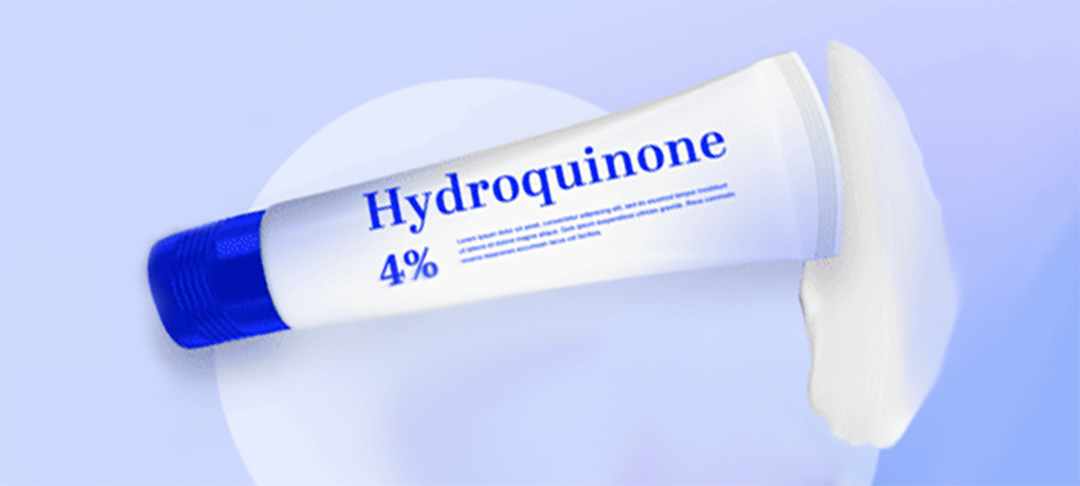Unlocking Clear Skin: The Ultimate Guide to Defeat Hyperpigmentation
Hyperpigmentation isn't just a word thrown around the beauty industry – it's a real concern for many over-40s, manifesting as dark patches or spots on the skin due to an overproduction of the pigment melanin. These pesky blemishes can appear as a result of sun exposure, hormonal changes, skin injuries, or even some medications. We are here to decipher the top-notch treatments that can help you address hyperpigmentation effectively and feel confident in your skin once again.
Understanding Hyperpigmentation and Its Impact
Hyperpigmentation occurs when excess melanin forms deposits in the skin, resulting in flat, darkened patches. For many, these changes can be more than just skin-deep, leading to a loss of self-esteem and impacting mental well-being. Age spots, melasma, and post-inflammatory hyperpigmentation are common types that can appear on the face, hands, and other areas frequently exposed to the sun.
The Power of Prevention – Sunscreen as Your Shield Against Hyperpigmentation
Preventing hyperpigmentation is as essential as treating it. Sunscreen, with an SPF of 30 or higher, is your first line of defense. Daily application of sunscreen, even on cloudy days, protects the skin from UV-induced melanin production. Look for broad-spectrum formulas that shield against UVA and UVB rays.
Topical Treatments for Hyperpigmentation
When it comes to managing discoloration, topical treatments are a go-to solution. Dermatologists often prescribe skin-lightening agents such as hydroquinone, retinoids, and vitamin C serums. These products can help fade dark spots, improve skin texture, and promote a more even complexion over time.
Understanding Hydroquinone
Hydroquinone is a common ingredient in skin lightening creams. It works by inhibiting the production of melanin and is often used for melasma and post-inflammatory hyperpigmentation. Over-the-counter formulations typically contain 2% of hydroquinone, but for higher concentrations, a prescription is needed.
The Role of Retinoids
Retinoids, derived from vitamin A, are excellent at increasing cell turnover and exfoliation, which can help reduce the appearance of hyperpigmentation. They also have the added benefit of fighting the signs of aging, such as fine lines and wrinkles.
Professional Procedures – The Powerhouses of Hyperpigmentation Treatment
For those seeking more immediate results, professional procedures are an option. These treatments, when performed by skilled practitioners, can effectively minimize the appearance of hyperpigmentation.
Laser and IPL Therapy
Laser therapy uses focused beams of light to target and remove pigmented skin cells. Intense Pulsed Light (IPL) therapy, though often referred to as a laser treatment, delivers multiple wavelengths of light to the skin. Both treatments are effective but require a series of sessions and may cause temporary redness or scabbing.
Chemical Peels
A chemical peel involves applying a solution to the skin that causes it to exfoliate and eventually peel off. This process stimulates new skin cell growth, which is typically smoother and less pigmented. Superficial peels are suitable for mild hyperpigmentation, and deeper peels provide more dramatic results but also come with increased risks.
Microdermabrasion
Microdermabrasion is a non-invasive procedure that uses a handheld device to gently exfoliate the skin, removing the outermost layer. This can enhance the effectiveness of topical treatments for hyperpigmentation and improve overall skin texture.
Natural Remedies – The Gentle Nudges of Mother Nature
While professional treatments and pharmaceuticals are beneficial, some prefer natural remedies. These can provide a more gentle approach for those with sensitive skin or for whom traditional treatments are not suitable.
Aloe Vera and Its Cooling Effects
Aloe vera is widely recognized for its soothing properties. It can help cool the skin and may aid in reducing the appearance of dark spots. Pure aloe vera gel, when applied regularly, can be beneficial for mild hyperpigmentation.
The Antioxidant Power of Green Tea
Green tea is rich in antioxidants that can help protect the skin from UV damage, a known cause of hyperpigmentation. Applied topically or consumed as a beverage, green tea may improve the overall health and appearance of the skin.
The Age-Old Recipe with Turmeric
In traditional medicine, a paste of turmeric and water is applied to the skin to lighten dark patches. Turmeric contains curcumin, a compound with anti-inflammatory and antioxidant properties, that might be beneficial for hyperpigmentation.
Customized Care – Consultation with a Dermatologist for a Personalized Plan
No two cases of hyperpigmentation are the same, and what works for one person may not work for another. It's crucial to consult with a dermatologist for an accurate diagnosis and a personalized treatment plan. Medical professionals can recommend the best course of action, whether it's a topical treatment, a professional procedure, or a combination of both.
Recap and Looking Forward
Hyperpigmentation can be a stubborn condition to tackle, but with the right approach, it is manageable. With strategic use of sunscreen, a commitment to a daily skincare regimen, and possibly professional treatments, those dark spots that have been bothering you can be a thing of the past. Natural remedies are also available for a more holistic treatment approach. Remember, the key to addressing hyperpigmentation is patience and persistence. A radiant, even complexion is within reach, and with the power of knowledge, you can take control of your skin's health and appearance. Now, go and unveil the skin you're proud of.





